 To enhance service speed and avoid tariff delays, we've opened a US warehouse. All US orders ship directly from our US facility.
To enhance service speed and avoid tariff delays, we've opened a US warehouse. All US orders ship directly from our US facility.
| Cat. No. | Product Name | Field of Application | Chemical Structure |
|---|---|---|---|
| DC20975 | DS-2330 Featured |
DS-2330 is a phosphorous lowering agent for treating hyperphosphatemia in chronic kidney disease..
More description
|

|
| DC31556 | Balsalazide Disodium Featured |
Balsalazide Disodium is the disodium salt form of balsalazide, an aminosalicylate and oral prodrug that is enzymatically cleaved in the colon to produce the anti-inflammatory agent mesalazine. Mesalazine acts locally on the mucosa of the colon where it diminishes inflammation by blocking the production of arachidonic acid metabolites and other inflammatory agents. Balsalazide disodium is used to treat chronic inflammatory bowel disease.
More description
|
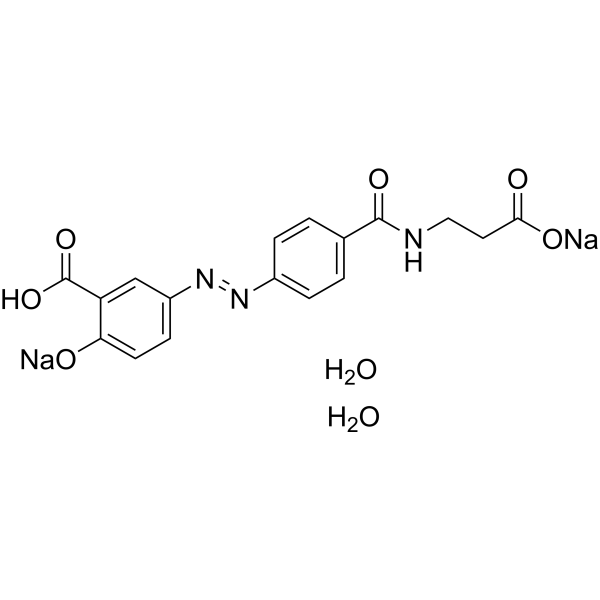
|
| DC33156 | MitoPQ Featured |
MitoPQ, also known as MitoParaquat, is a redox cycler. MitoParaquat (MitoPQ) that comprises a triphenylphosphonium lipophilic cation conjugated to the redox cycler paraquat. MitoPQ accumulates selectively in the mitochondrial matrix driven by the membrane potential. Within the matrix, MitoPQ produces superoxide by redox cycling at the flavin site of complex I, selectively increasing superoxide production within mitochondria. MitoPQ increased mitochondrial superoxide in isolated mitochondria and cells in culture ~a thousand-fold more effectively than untargeted paraquat. MitoPQ was also more toxic than paraquat in the isolated perfused heart and in Drosophila in vivo. MitoPQ enables the selective generation of superoxide within mitochondria and is a useful tool to investigate the many roles of mitochondrial superoxide in pathology and redox signaling in cells and in vivo.
More description
|
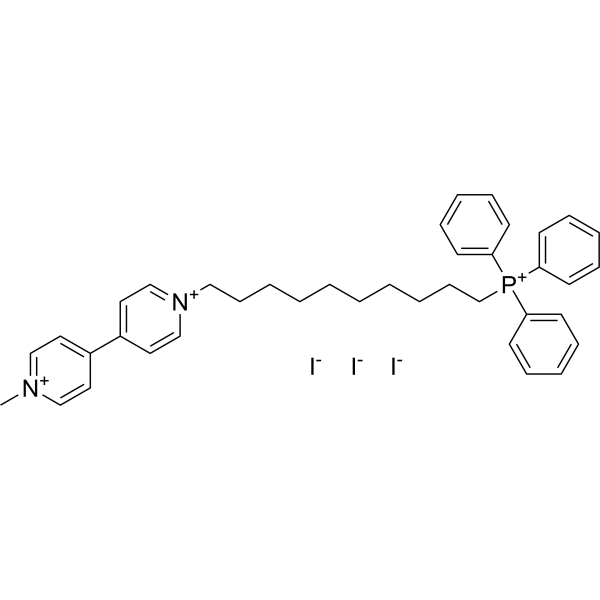
|
| DC21715 | Gliocidin Featured |
Gliocidin is a prodrug that is anabolized into its tumoricidal metabolite, gliocidin–adenine dinucleotide (GAD). Gliocidin kills glioblastoma cells while sparing non-tumour replicative cells. Gliocidin activity targets a de novo purine synthesis vulnerability in glioblastoma through indirect inhibition of inosine monophosphate dehydrogenase 2 (IMPDH2). Gliocidin penetrates the blood–brain barrier and extends the survival of mice with orthotopic glioblastoma.
More description
|

|
| DC23413 | BTRX335140 Featured |
BTRX-335140 (CYM-53093, BTRX335140, CYM53093) is a potent, selective, orally active κ opioid receptor (KOR) antagonist with IC50 of 0.8 nM.
More description
|

|
| DC20947 | DDD 85646 Featured |
DDD 85646 is a potent, specific, dual N-Myristoyltransferase NMT1/NMT2 inhibitor with IC50 of 17 nM/22 nM respectively.
More description
|
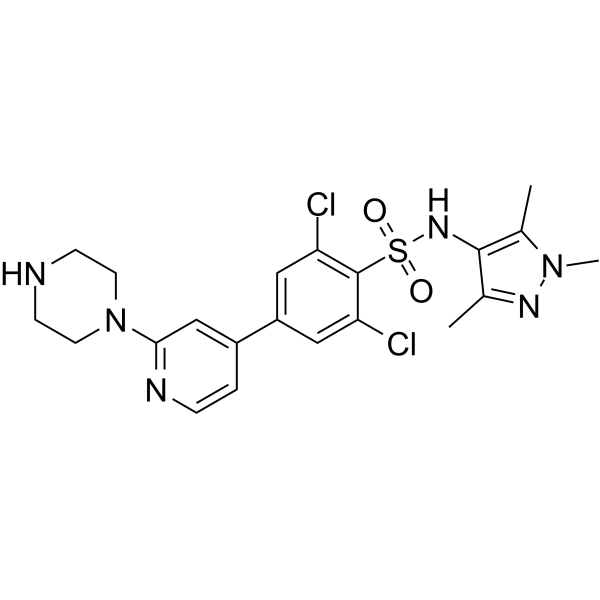
|
| DC12047 | Sarolaner(PF-6450567) Featured |
Sarolaner is a novel, orally administered, broad-spectrum, isoxazoline ectoparasiticide for dogs
More description
|
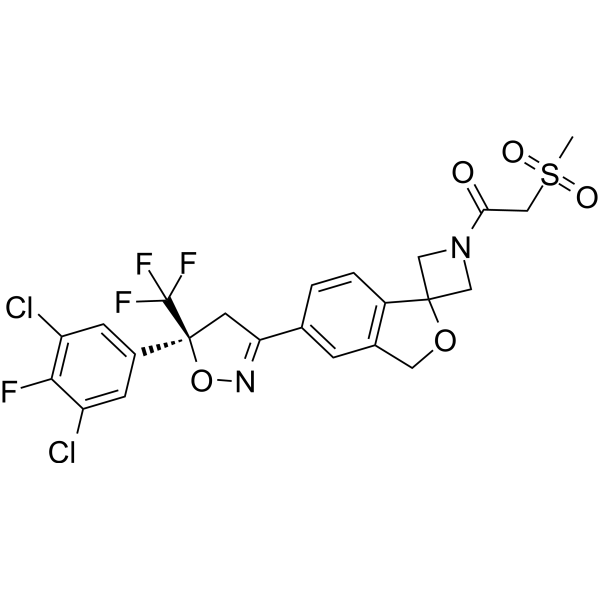
|
| DCAPI1182 | Azathioprine (Azasan, Imuran) Featured |
Azathioprine (Azasan, Imuran) is the analytical standard of Azathioprine. This product is intended for research and analytical applications. Azathioprine (BW 57-322) is an orally active immunosuppressive agent. Azathioprine can be converted in vivo to the active metabolite 6-mercaptopurine (6-MP). Azathioprine has myelosuppressive effects and induces apoptosis.
More description
|

|
| DC31273 | BBR 2778 Featured |
Pixantrone is a synthetic, noncardiotoxic aza-anthracenedione analogue with potential antineoplastic activity. Pixantrone intercalates into DNA and induces topoisomerase II-mediated DNA strand crosslinks, resulting in inhibition of DNA replication and tumor cell cytotoxicity. Pixantrone is a potentially more effective, less cardiotoxic alternative to doxorubicin for patients with aggressive non-Hodgkin lymphoma (aNHL).
More description
|
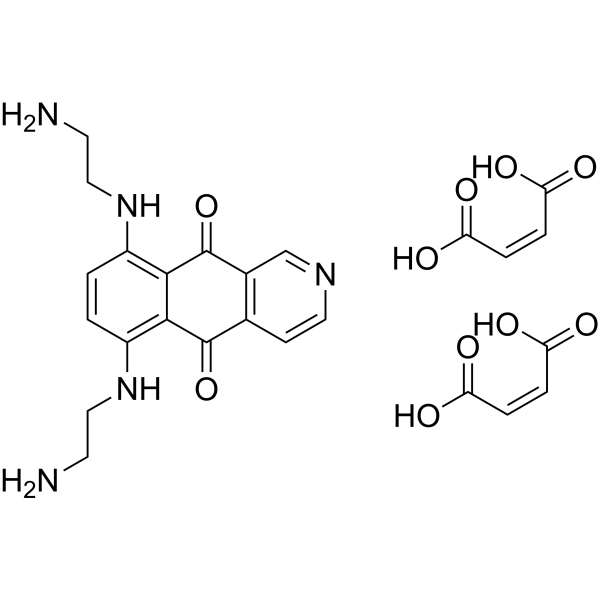
|
| DC32472 | Zinc Pyrithione Featured |
Zinc Pyrithione is a dimer of two pyrithione molecules bound by zinc. It is commonly found as an ingredient of commercial anti-dandruff shampoos. This products acts as an antifungal and antibacterial.
More description
|
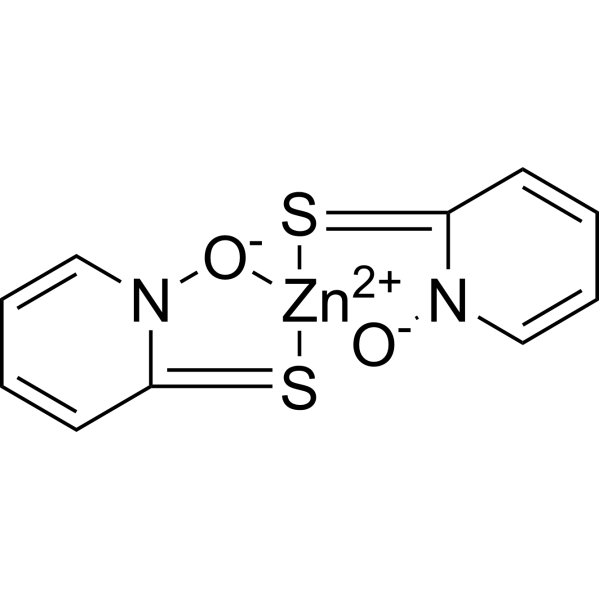
|
| DC37947 | Chloroquine Featured |
Chloroquine is a medication used to prevent and to treat malaria in areas where malaria is known to be sensitive to its effects. Certain types of malaria, resistant strains, and complicated cases typically require different or additional medication. It is also occasionally used for amebiasis that is occurring outside the intestines, rheumatoid arthritis, and lupus erythematosus. Chloroquine enters the red blood cell, inhibiting the parasite cell and digestive vacuole by simple diffusion. Chloroquine then becomes protonated (to CQ2+), as the digestive vacuole is known to be acidic (pH 4.7); chloroquine then cannot leave by diffusion. Chloroquine caps hemozoin molecules to prevent further biocrystallization of heme, thus leading to heme buildup.
More description
|
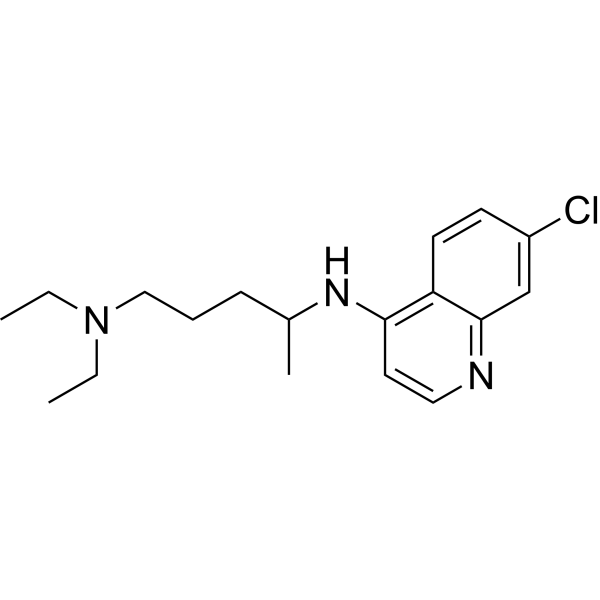
|
| DC21177 | JNJ 39758979 Featured |
JNJ-39758979 is a selective, orally active, and high-affinity histamine H4 receptor antagonist with Kis of 12.5, 5.3, and 25 nM for human, mouse, and monkey histamine H4 receptor, respectively. JNJ-39758979 functionally antagonizes histamine-induced cAMP inhibition with a pA2 of 7.9 in transfected cells. JNJ-39758979 shows good anti-inflammatory and antipruritic activity.
More description
|
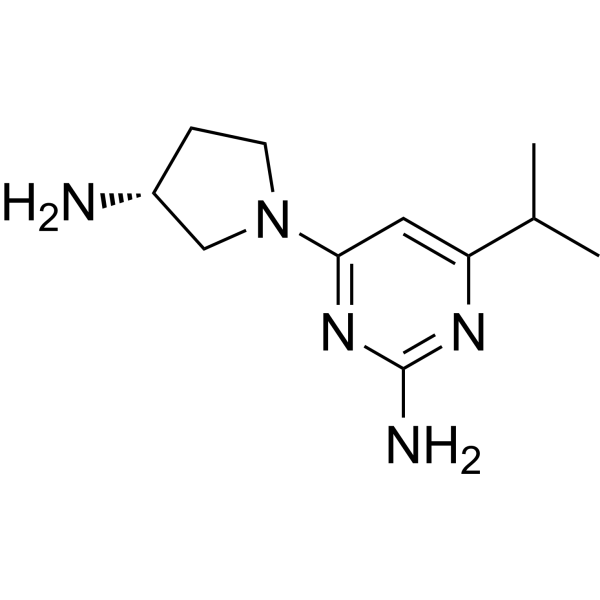
|
| DC36789 | Sulindac sulfone Featured |
Sulindac sulfone is an mTORC1 pathway inhibitor and a metabolite of Sulindac. Sulindac sulfone inhibits colon cancer cell growth and induces cell cycle arrest. Sulindac sulfone is used in cancer research.
More description
|
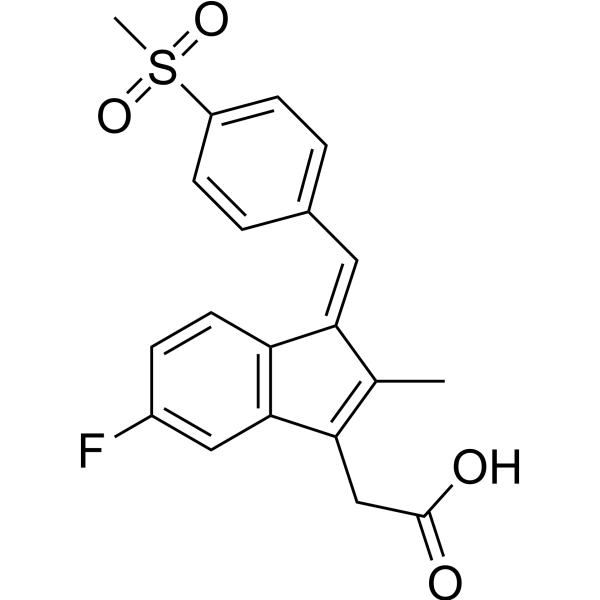
|
| DC21771 | UC-514321 Featured |
UC-514321 is a more effective analog of NSC-370284 that directly binds to STAT3/5, significantly and selectively suppresses the viability of AML cells with high level of TET1 expression both in vitro and in vivo.
More description
|
.gif)
|
| DC74022 | IDE-397 Featured |
IDE-397 (GSK-4362676, GSK-676) is a potent, selective small molecule methionine adenosyltransferase 2a (MAT2A) inhibitor, displays broad anti-tumor activity across a panel of MTAP-deleted patient-derived xenografts.
More description
|
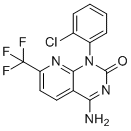
|
| DCN-005 | Butylparaben Featured |
Butylparaben is an organic compound that has proven to be a very successful antimicrobial preservative in cosmetics, can also be used in active molecule suspensions, and as a food flavoring additive.
More description
|

|
| DC33202 | Benzethonium Chloride Featured |
Benzethonium Chloride, also known as Hyamine, is synthetic quaternary ammonium salt that has surfactant, antiseptic, and anti-infective properties. Benzethonium Chloride is commonly used as a topical antimicrobial agent. Benzethonium chloride exhibited concentration-dependent inhibitions of HERG channel currents with IC(50) values of 4nM and 17nM, respectively, which were also voltage-dependent and use-dependent. Benzethonium Chloride shifted the channel activation I-V curves in a hyperpolarized direction for 10-15mV and accelerated channel activation and inactivation processes by 2-fold.
More description
|
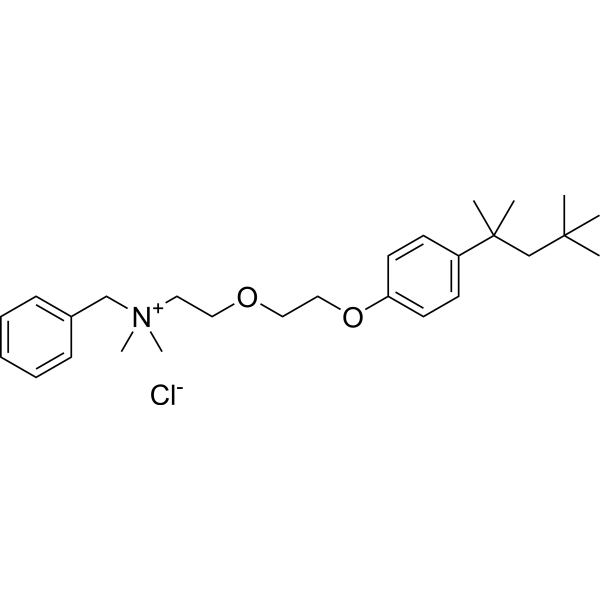
|
| DCY-156 | cis-9-Octadecenoic acid Featured |
cis-9-Octadecenoic acid is an abundant monounsaturated fatty acid. Oleic acid is a Na+/K+ ATPase activator.
More description
|

|
| DCG-043 | Triolein Featured |
Triolein is a symmetric triacylglycerol that reduces upregulation of MMP-1 and has strong antioxidant and anti-inflammatory activities.
More description
|

|
| DC37279 | Cetylpyridinium chloride Featured |
Cetylpyridinium chloride is a Germicide, Bactericide, and Disinfectant.
More description
|
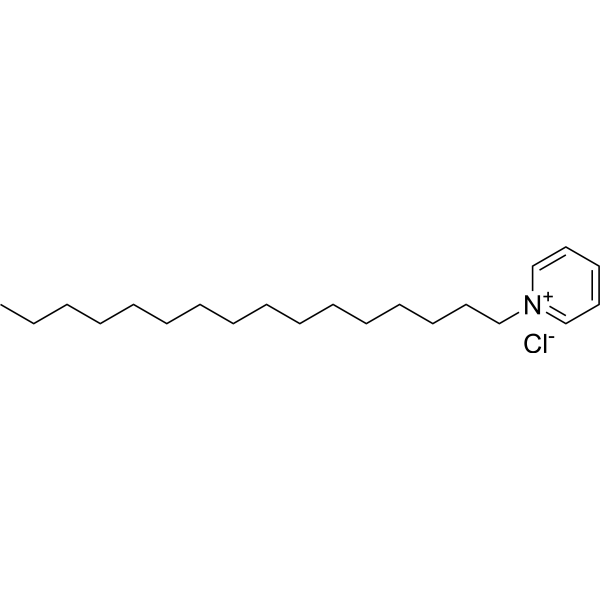
|
| DC31074 | Isopropyl myristate Featured |
Isopropyl myristate is the ester of isopropyl alcohol and myristic acid.
More description
|
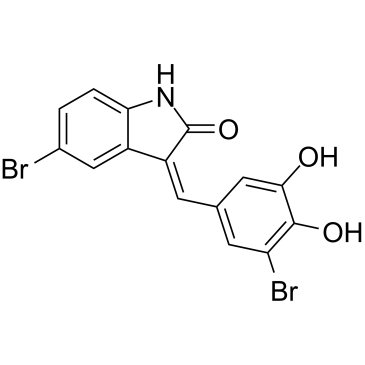
|
| DCW-004 | Citric acid Featured |
Citric acid is a natural preservative and food tartness enhancer. Citric acid induces apoptosis and cell cycle arrest at G2/M phase and S phase in HaCaT cells. Citric acid cause oxidative damage of the liver by means of the decrease of antioxidative enzyme activities. Citric acid causes renal toxicity in mice.
More description
|

|
| DC12469 | CYH33 Featured |
CYH33 (CYH-33) is a novel potent, PI3Kα-selective inhibitor with IC50 of 5.9 nM/598 nM/ 78.7 nM/225 nM aginst class I PI3K isoform α/β/δ/γ, respectively.
More description
|
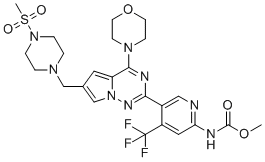
|
| DC31669 | Dydrogesterone Featured |
Dydrogesterone is a synthetic progestin. Dydrogesterone alone or in combination with estrogen to endothelial cells results in neutral effects on NO synthesis and on the activity and expression of eNOS. Unlike many other progestational compounds, dydrogesterone produces no increase in temperature and does not inhibit ovulation.
More description
|
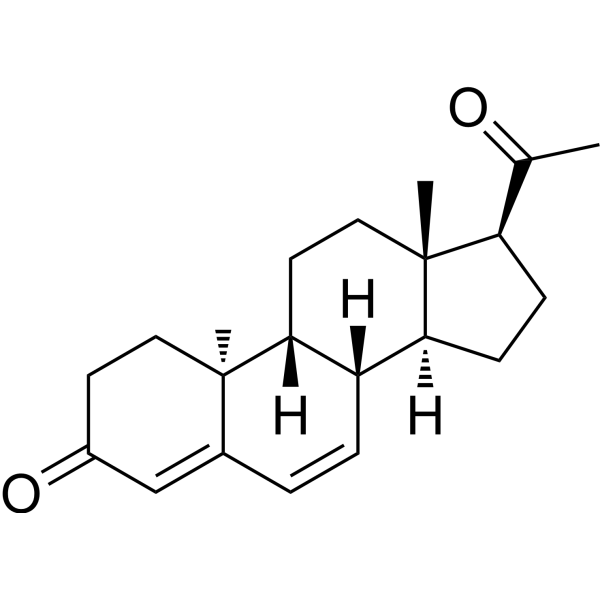
|
| DC24085 | Rigosertib sodium Featured |
Rigosertib sodium (ON 01910.Na) is a potent, non-ATP-competitive PLK1 inhibitor (IC50=9-10 nM), selectively induces mitotic G2/M arrest and apoptosis in cancer cells.
More description
|
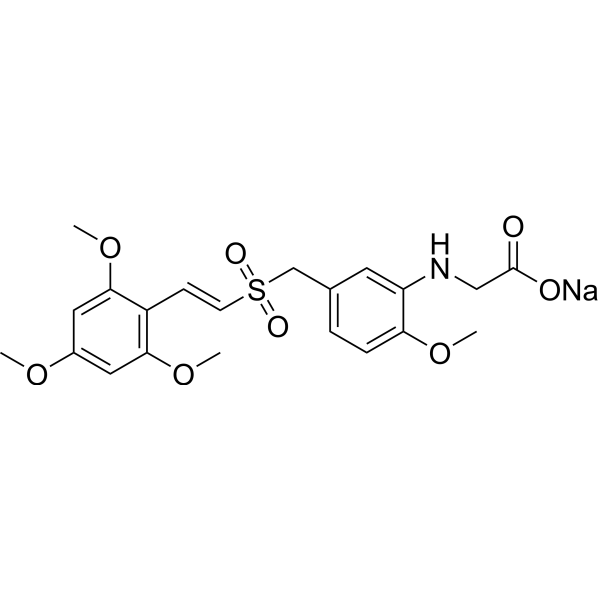
|
| DC7267 | Riociguat (BAY 63-2521) Featured |
Riociguat (BAY 63-2521) is a stimulator of soluble guanylate cyclase (sGC).
More description
|
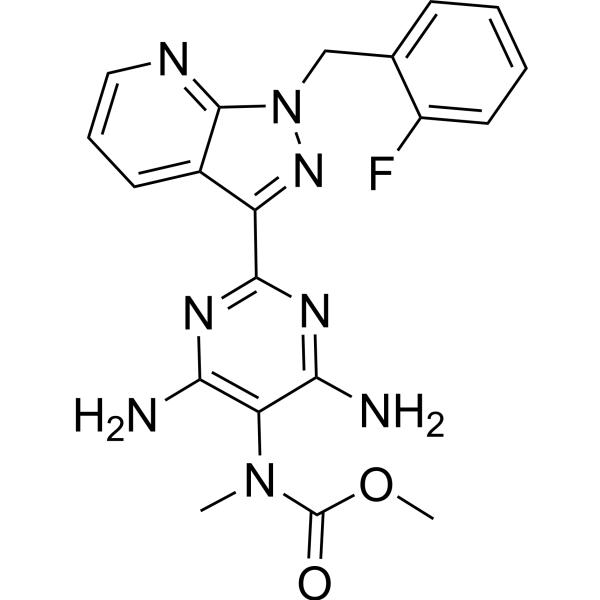
|
| DC24050 | Anamorelin hydrochloride Featured |
A non-peptide, centrally-penetrant and selective agonist of GHSR with appetite-enhancing and anabolic effects.
More description
|

|
| DC36997 | Acth (4-10) Featured |
ACTH (4-10) is a water soluble potent melanocortin receptor agonist.
More description
|

|
| DC31537 | Amisulpride Featured |
Amisulpride is an atypical antipsychotic used to treat psychosis in schizophrenia and episodes of mania in bipolar disorder. In Italy, it is also used as a treatment for dysthymia. It was introduced by Sanofi-Aventis in the 1990s. Its patent had expired by 2008 and hence generic formulations are now available.Amisulpride function primarily as a D2 and D3 receptor antagonist. It has high affinity for these receptors with dissociation constants of 2.2 nM and 2.4 nM, respectively. Although standard doses used to treat psychosis inhibit dopaminergic neurotransmission, low doses preferentially block inhibitory pre-synaptic autoreceptors.
More description
|

|
| DCQ-064 | Penicillinase |
Penicillinase is a beta-lactamase. beta-lactamase enzymes inactivate beta-lactam antibiotics by hydrolyzing the peptide bond of the characteristic four-membered beta-lactam ring rendering the antibiotic ineffective.
More description
|

|